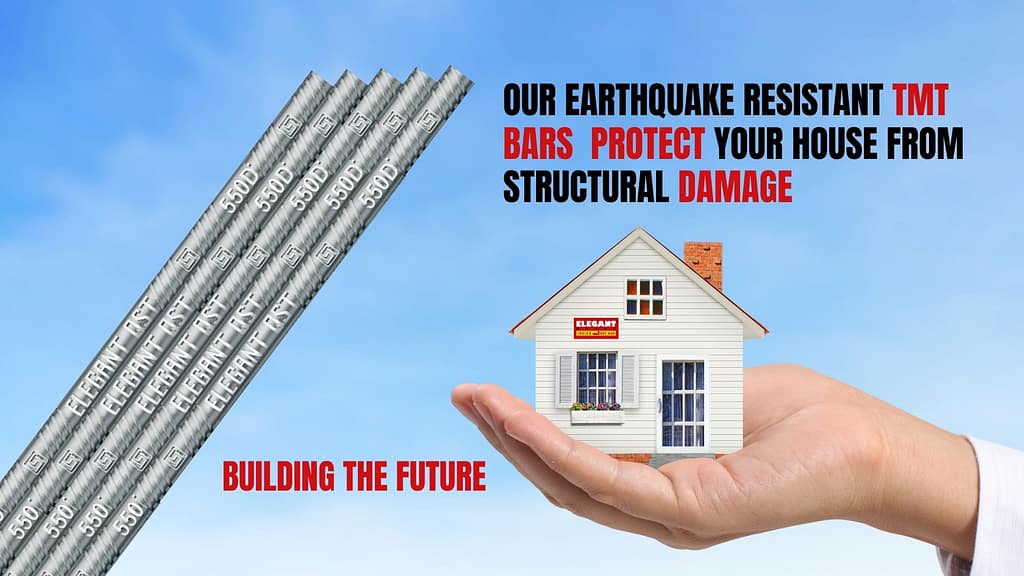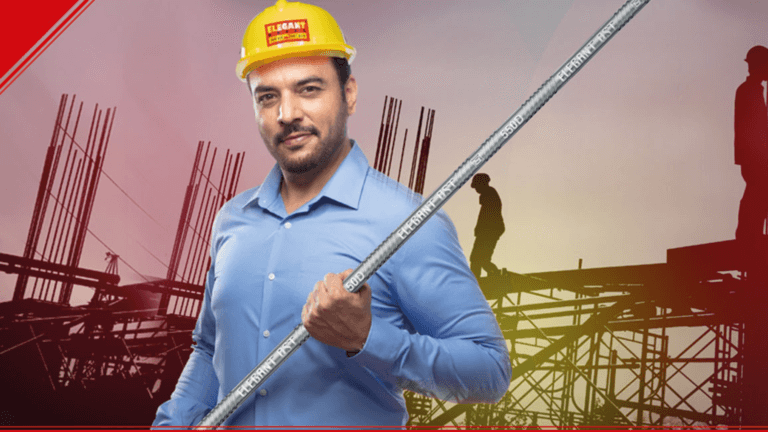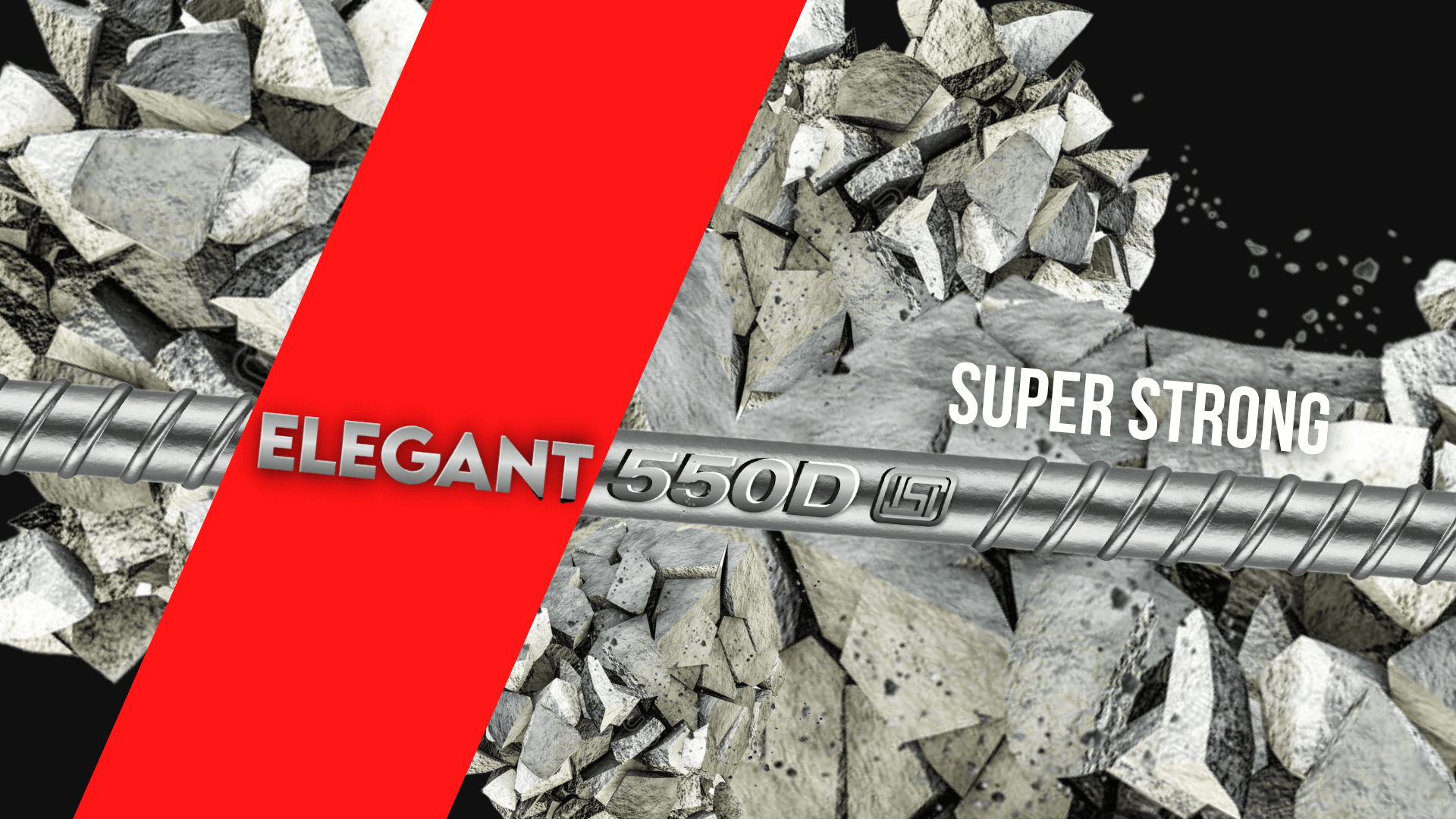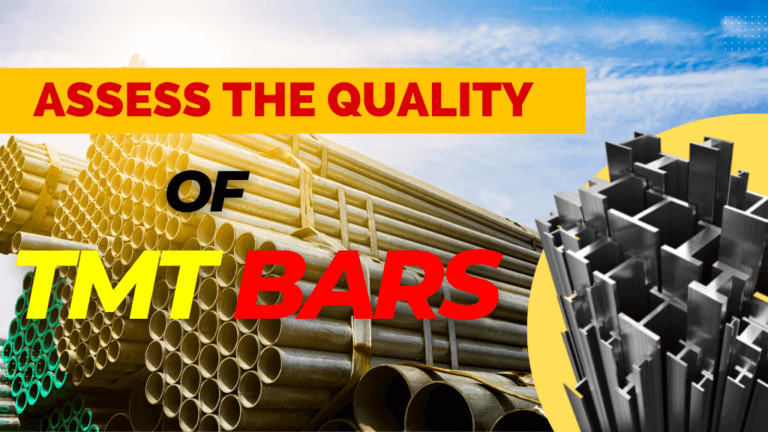
Understanding Earthquake-Resistant TMT Bar
In the vast country of India, there are many places which are highly prone to earthquake. Earthquakes and other sorts of natural disasters are prevented from using TMT steel bars. Because TMT bars are frequently corrosion-free, your construction will last longer. They need to be reinforced with high-strength materials that have a hard outer core and a softer inner core. The exterior region of TMT or Thermo Mechanically Treated bars is hardened while the inner core keeps its ductility due to the production process. TMT bars are strengthened and more flexible as a result and protect your house. For homes constructed in seismically active areas, earthquake resistant TMT bars are the best option.
How Earthquakes Affect Structures Using Poor TMT?
Because of their poorer strength and ductility, low-quality TMT (Thermo-Mechanically Treated) bars can cause significant damage to structures during earthquakes. These bars may not effectively absorb or dissipate energy during seismic occurrences, which can result in structural failures like bending, shearing, and even collapse. Poor TMT bar reinforcement can cause brittle behaviour, rendering structures more prone to cracks, displacements, and other damages. This emphasizes the crucial part that premium TMT bars play an important role in improving a structure’s seismic resilience and reducing earthquake-related structural problems.
How Can TMT Bars Shield Buildings from Natural Calamities?
TMT steel bars have several characteristics that make them ideally suited to offer protection from natural calamities. These steel bars are not only strong and tensile, providing great protection from wind, earthquakes, and floods, but they are also corrosion-resistant. TMT bars also withstand pressures and shocks better without breaking thanks to their ductility.
- Installation and Retrofitting
In building and seismic strengthening projects, TMT (Thermo-Mechanically Treated) bars must be installed and retrofitted. Starting with the structure’s design, specify the necessary TMT bar sizes, forms, and spacing in accordance with the structure’s demands and engineering calculations. TMT bars are cut and bent in accordance with the design requirements, resulting in exact lengths and forms. To ensure adequate reinforcement throughout the structure, make sure that the bars are spaced properly apart and that they are aligned according to the design. Concrete is poured into the formwork once TMT bars have been installed, completely encasing the bars.
- Testing and Certification
Thermo-Mechanically Treated (TMT) bars must undergo testing and certification procedures to guarantee their quality and adherence to industry requirements. To ensure the proper balance of alloying elements, TMT bars are tested to ensure that the chemical composition of the steel complies with the required criteria. This involves evaluating the bars’ tensile strength, yield strength, elongation, and bendability, among other qualities. These mechanical characteristics must adhere to the necessary requirements.
Conclusion
It is essential to ensure that TMT bars pass these exacting testing and adhere to industry standards to ensure their high quality and suitability for use in engineering and construction applications. Certified TMT bars are trusted and safe for usage in a variety of structural constructions.



